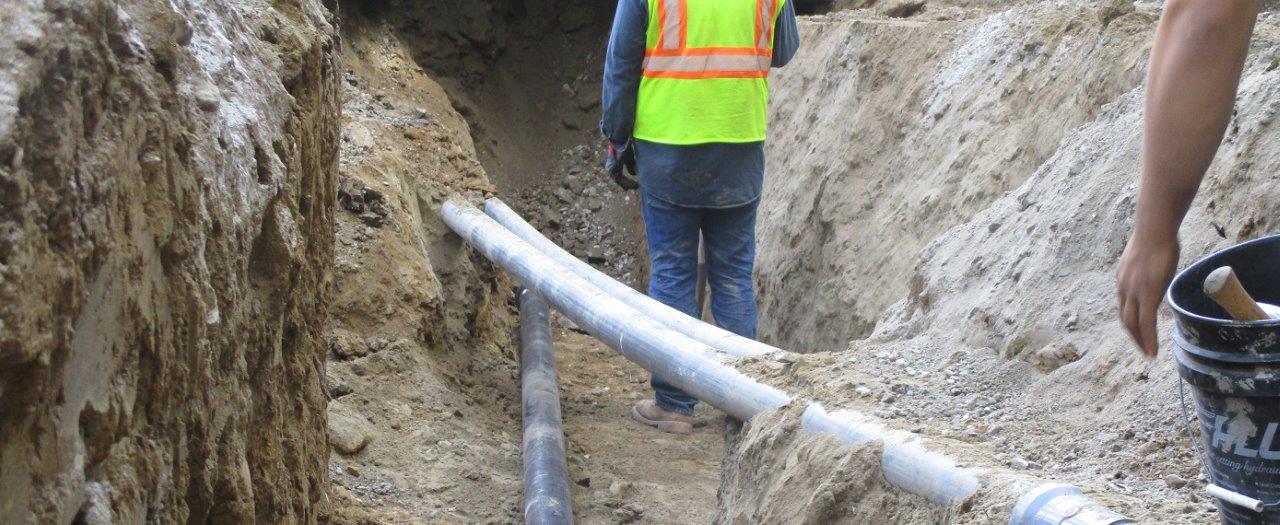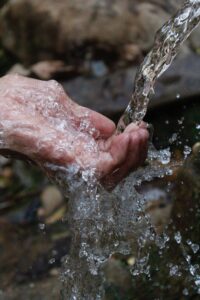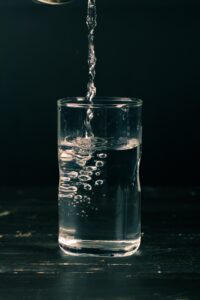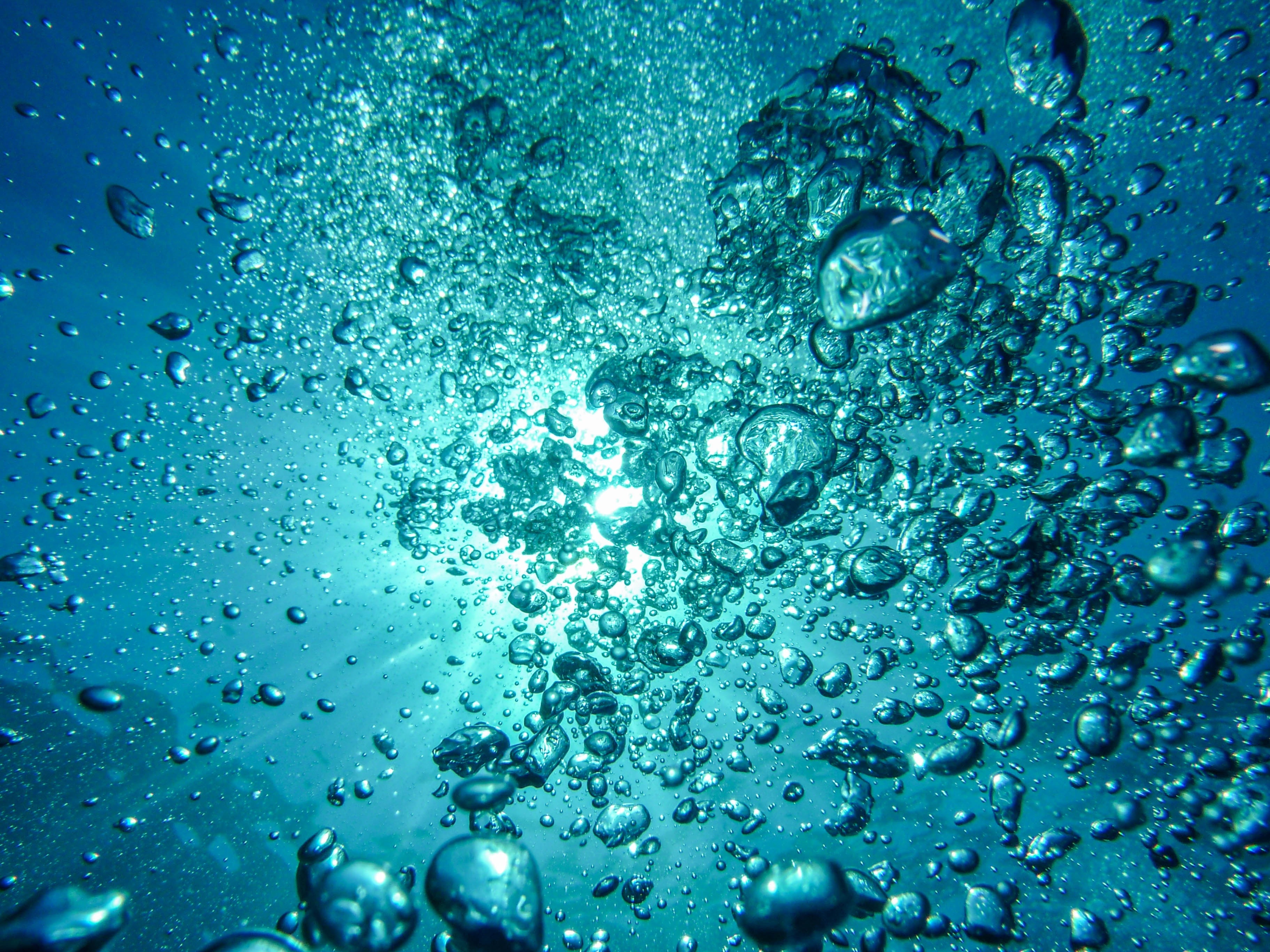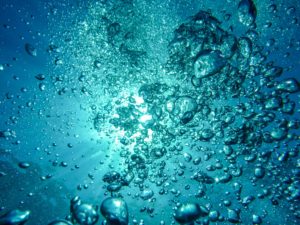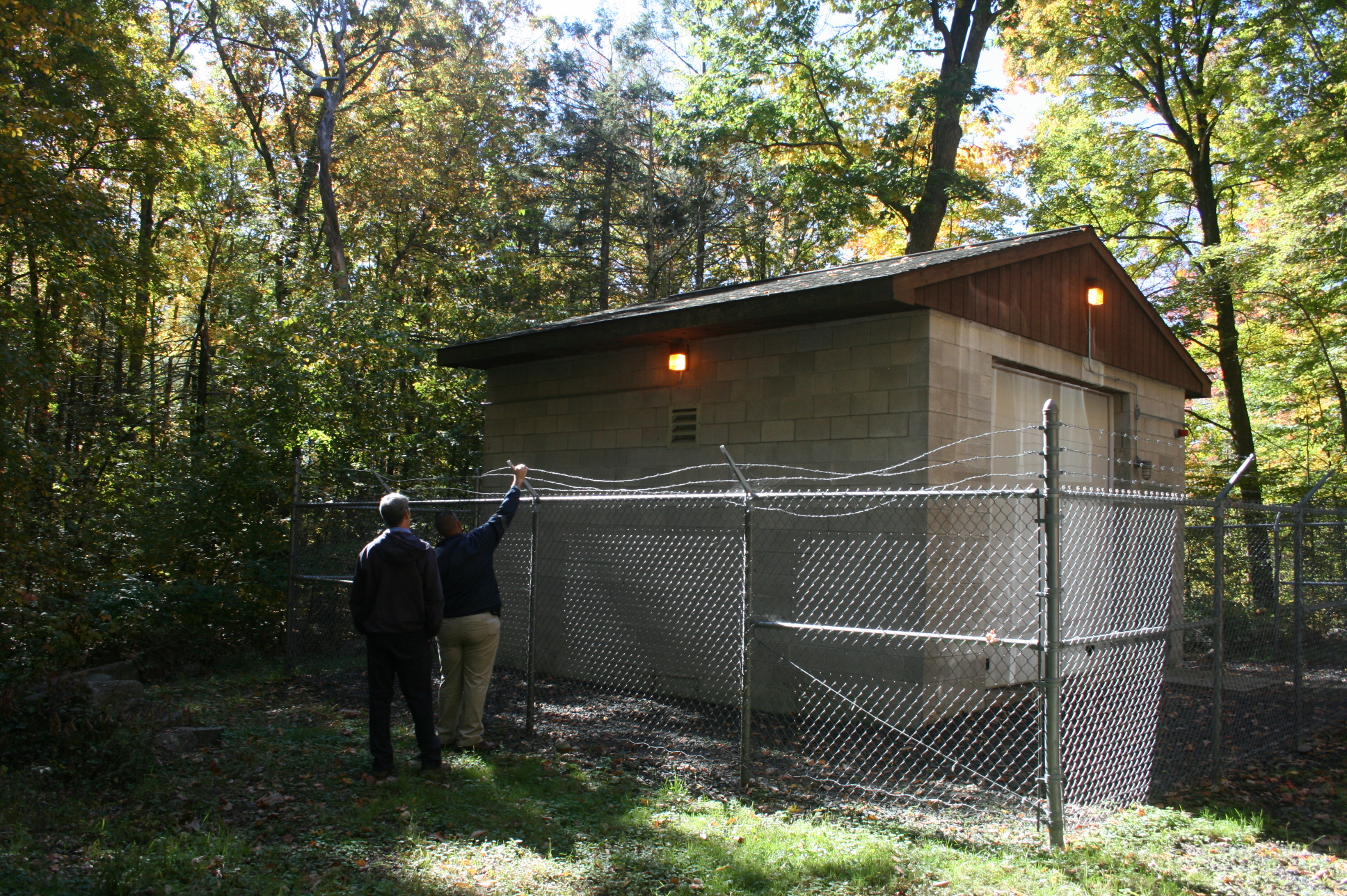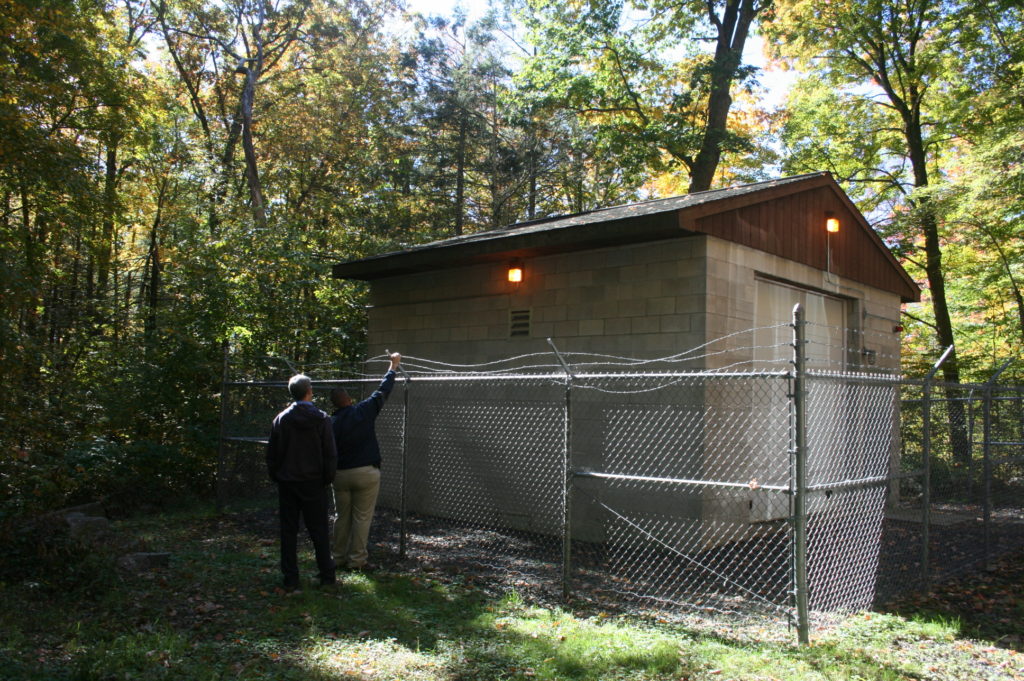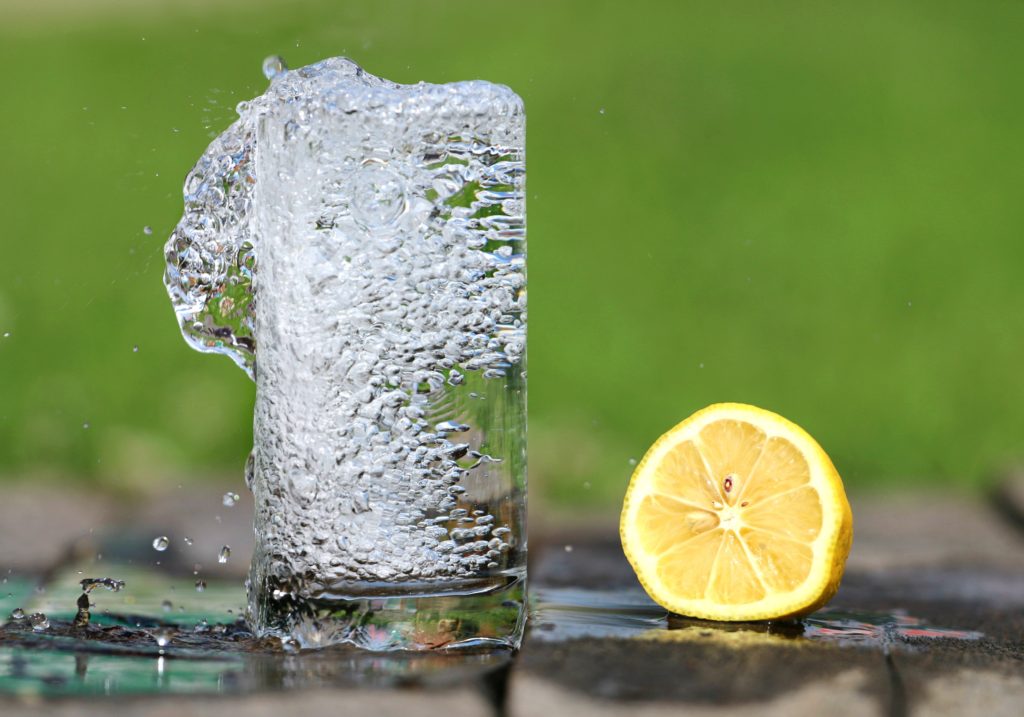Water is a vital resource, but with a rise in deteriorating infrastructure and underfunded programs like the Drinking Water State Revolving Fund (DWSRF), we’ve run into a nationwide problem.
In recent years, we’ve witnessed water crisis on a national scale in places like Michigan, Texas, Florida, Puerto Rico, and even closer to home here in New York, as well as in the Southwest United States, where drought conditions continue to worsen.
Over one million miles of pipes work to deliver water around the county, most of that aging infrastructure having been laid numerous decades ago. Now more than ever, America requires government action to upgrade insufficient water infrastructure. Clean, reliable drinking water is a commodity that everyone, without exception, should have access to.
At KC Engineering and Land Surveying, P.C. (KC), our water supply group works to create sufficient, long-term resolutions to provide safe drinking water. With a group of skilled water, wastewater, civil, and environmental engineers, KC is able to provide lasting solutions to various municipalities, residential developments, and many more.
With projects like the Wallkill Water System Interconnect, Kosuga Well 7 Development, and LaGuardia Airport Trunk Main Relocation, KC continues to play a vital role in ensuring the functionality of filtration systems, water resources, and water treatment.

